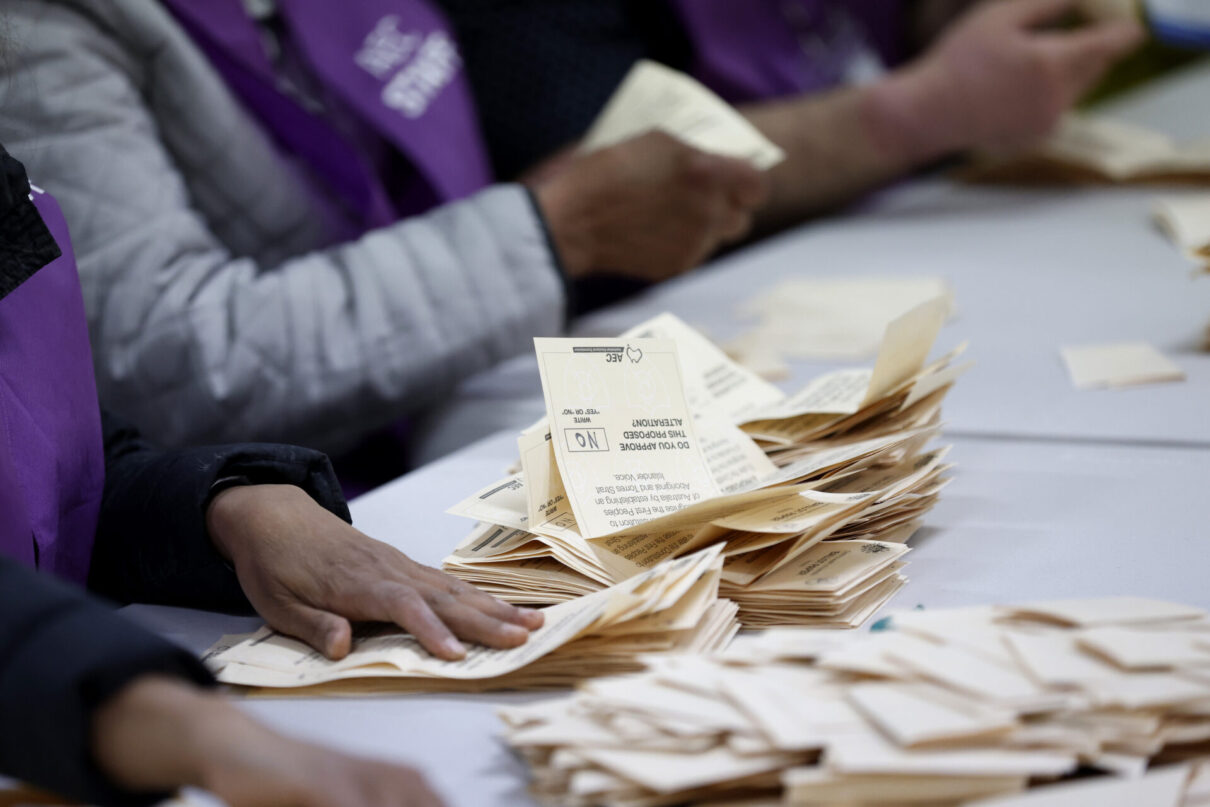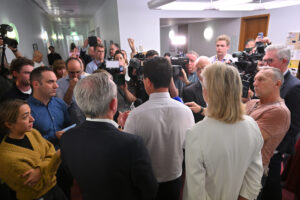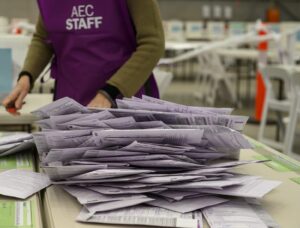Now that there are no safe seats – the ‘bellwether seat’ is no more.

Share
Media analysis shows that the decade from 2007 was the bellwether era, but that era has now passed
In 2016, ABC election analyst Antony Green ruefully remarked that it ‘seems impossible to cover an election without referring to bellwether seats’.
A ‘bellwether’ seat is one that predicts the overall election result. For forty years, whichever party won the regional NSW seat of Eden-Monaro also won government as a whole.
But elections – and journalistic fads – change quickly, and 2016 would prove to be the bellwether’s last hurrah. As Green explained, a seat can end up as a bellwether by pure coincidence, not any underlying property of the seat itself. And by the time the bellwether seat is decided, the overall election has usually already been called.
The end of the bellwether seat’s time in the sun is a reminder that what matters are the dynamics in individual electorates, not political cliches or outdated rules of thumb.
‘Bellwether seats’ are so last decade. According to the media database NewsBank, the proportion of metropolitan commercial newspapers using the term ‘bellwether’ to describe political processes during federal election campaigns grew more than threefold between 2001 and 2007. The number of articles was relatively high in 2010, followed by a modest decline in 2013.
References to ‘bellwether seats’ nearly doubled again in 2016.
The turning point seems to be the 2016 election, when Labor’s Mike Kelly won Eden-Monaro while Liberal Prime Minister Malcolm Turnbull won a narrow majority in the overall House of Representatives. Over the years journalists have identified other electorates as bellwethers – Robertson (NSW central coast), Lindsay (Western Sydney), Brisbane (Queensland), Makin (South Australia), and Aston (in Melbourne) – but none have held on to the title.
By 2019, the proportion of articles using the word ‘bellwether’ had fallen to its lowest rate since 2004. A brief interest in ‘bellwether booths’ in 2022 did little to improve the overall numbers.
The political decline of the bellwether couldn’t happen soon enough. Even the term is patronising, referring to a flock of sheep following their leader. As the old certainties of bellwethers faded away, so too is the traditional ‘pendulum’ showing which seats are likely to change hands between Labor and the Coalition giving way to a new realisation that two-party contests are not the only game in town.
That’s a good thing. This means that there are no safe seats, and every vote in every seat matters. Just as no ‘bellwether’ seat actually decided a 150-seat election, no ‘national swing’ can decide the seats that matter for the formation of government. Indeed, the formation of the Gillard minority government in September 2010 shows that seats that return independent candidates can decide governments.
Minor parties and independents have been picking up an ever-larger share of the vote in recent decades. In 1996, they won 14% of primary votes for the lower house and 3% of seats. In 2022, roughly one in three voters gave someone other than the major parties their first-preference vote, and independent and minor party candidates won 16 seats – including some of the “safest” seats in the country. In that landscape, nobody can predict an election outcome just by watching opinion polls in Eden-Monaro or Robertson, or Australia-wide polls for that matter.
The bellwether era is over. Every seat matters, and every vote counts. Politics is better without bellwethers.
Between the Lines Newsletter
The biggest stories and the best analysis from the team at the Australia Institute, delivered to your inbox every fortnight.
You might also like
Hearing voices: why the Nats should be watching their backs
The community independent movement did not begin in Sydney or Melbourne, but in the bush.
Why the election’s closest seat went unnoticed: Too close to Calwell
Updated 30/05/2025 The outer-Melbourne electorate of Calwell was named “Australia’s most unpredictable seat” by The Age after the election and was – aside from those going to a recount – the last seat to be called. The AEC labelled the counting process for the seat “likely the most complex in Australia’s history”. The count is
The major parties, not the independents are the big spenders at election time
The government says the electoral laws changes are about limiting big spending by independents, but community independents spent less per seat than the major parties at the 2022 federal election.


